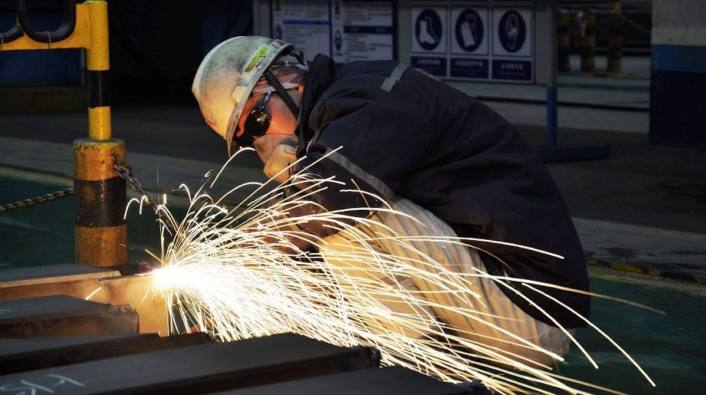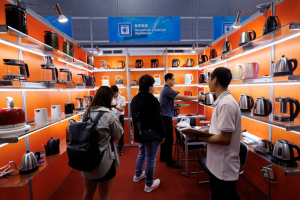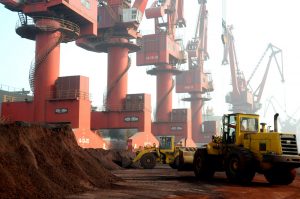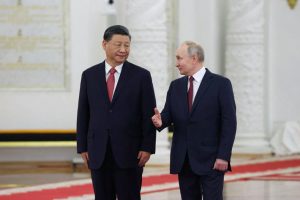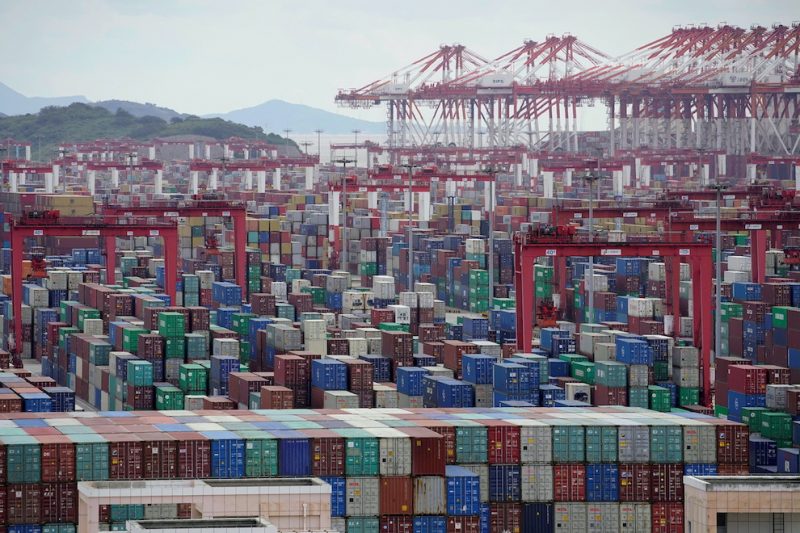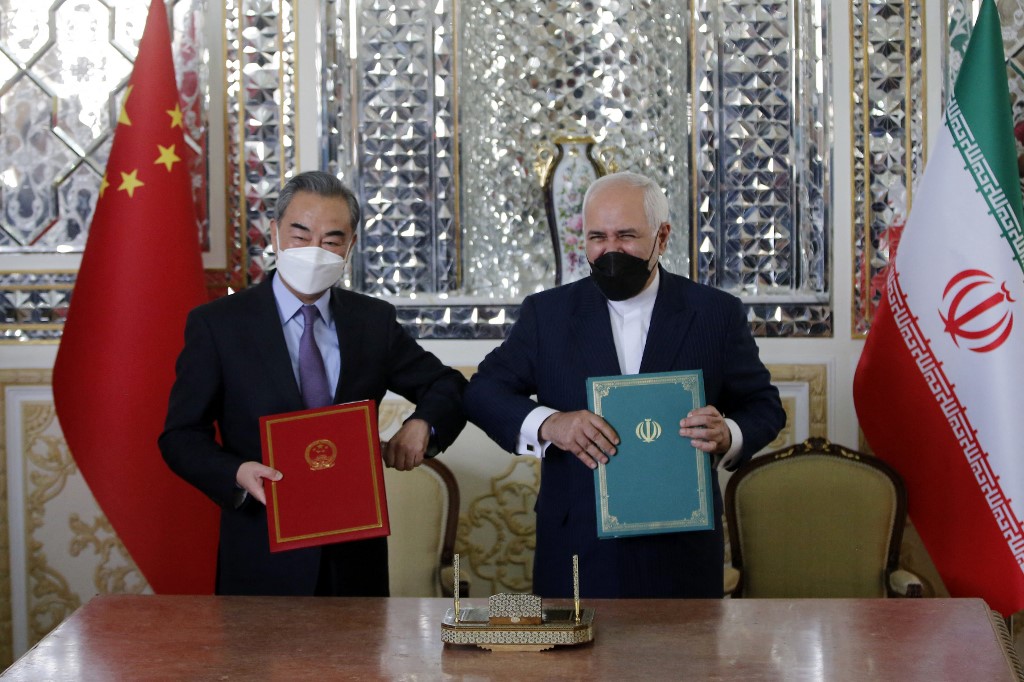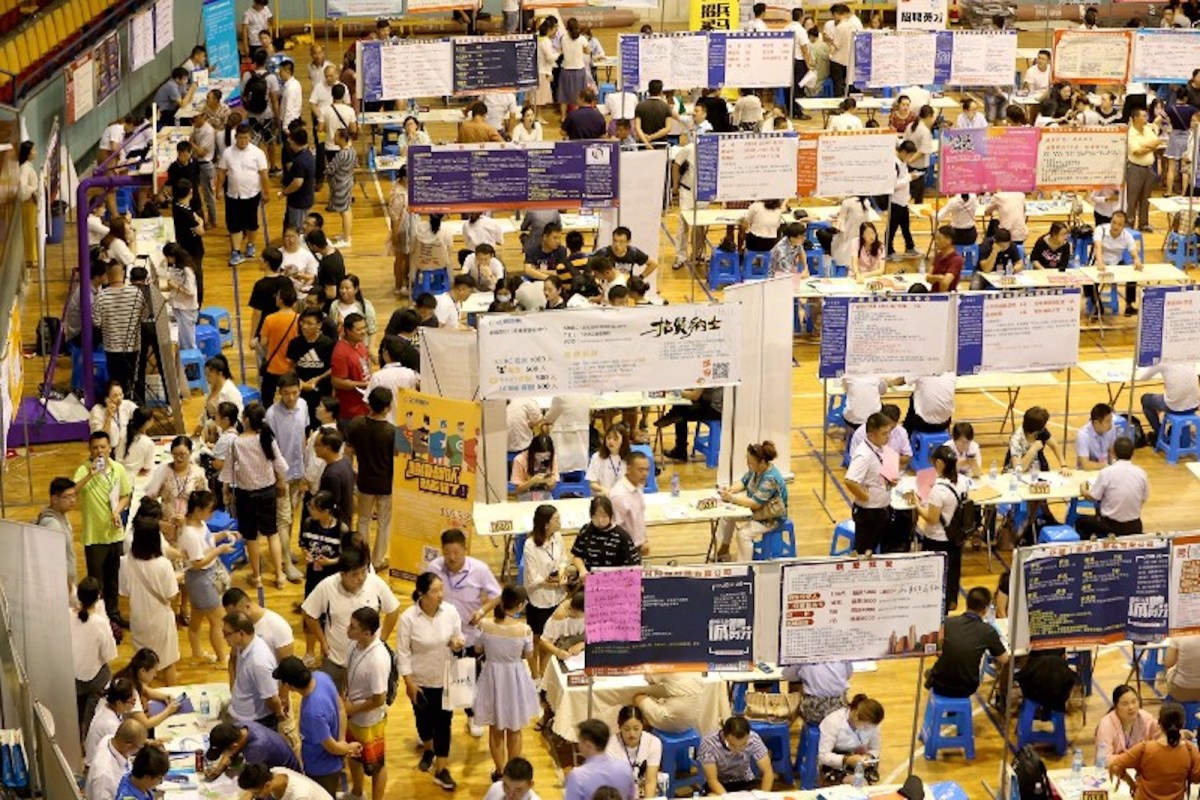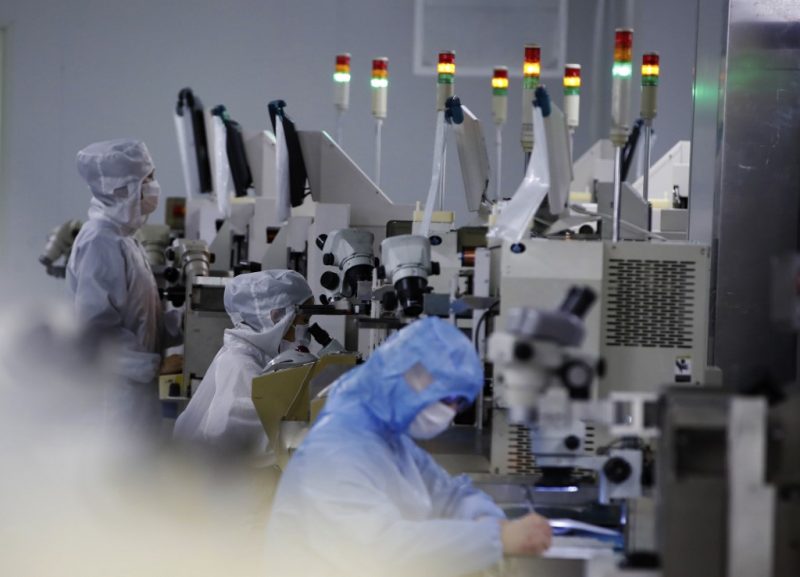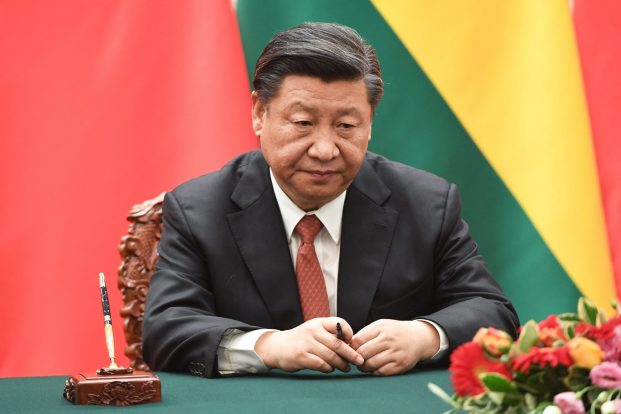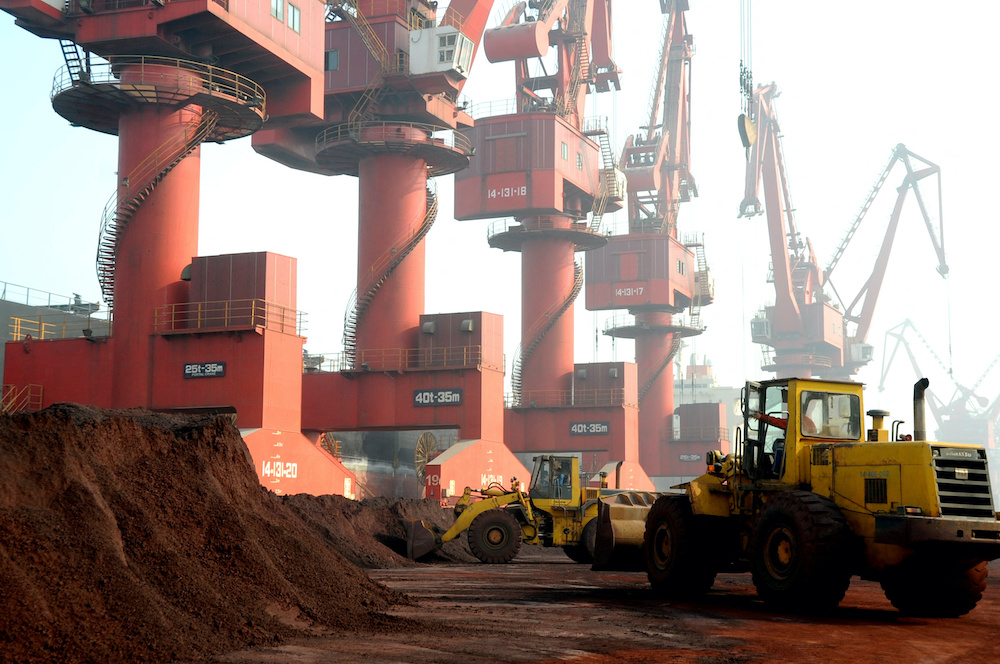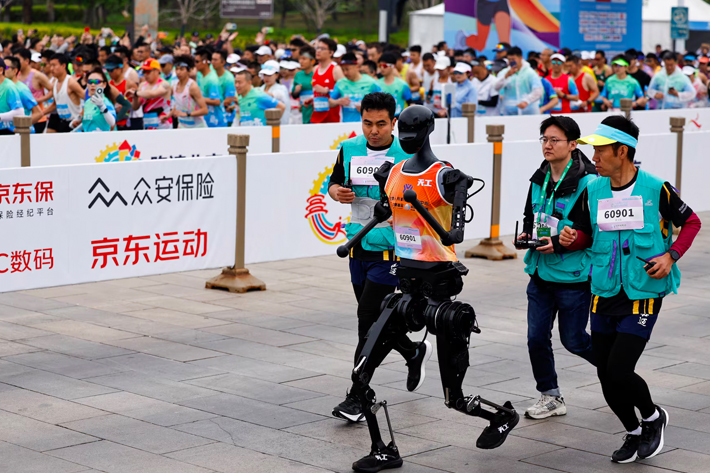Strip away the veneer of President Xi Jinping’s “China Dream” policy and you will find 600 million people earning just 1,000 yuan a month.
Depending on the conversion rate, that works out at US$140, or $4.60 a day.
It was hardly surprising then that Premier Li Keqiang would highlight the plight of this forgotten section of society in his annual state-of-the-union style speech at the National People’s Congress last week.
His message was stark. Although at times, it was drowned out by the static surrounding the diplomatic drama with the United States, rising tension in Hong Kong and the economic fallout from the Covid-19 crisis.
“Our annual per capita [disposable] income is 30,000 yuan ($4,203), but 600 million people have a monthly income of 1,000 yuan. That is not enough to rent a room in a medium-sized city and we need to help them,” Li told a media briefing.
Latest figures revealed that the labour force stood at around 806 million in 2018 with the most vulnerable sector being low-skilled and low-paid workers. All 600 million of them.
Most are employed by struggling small- and medium-sized companies battered by the coronavirus outbreak. Shoring up employment in SMEs and micro firms has become a priority to maintain social stability.
“A big change has taken place in China’s economic structure where consumption is now the primary engine driving growth. Micro, small and medium-sized companies now provide over 90% of all jobs in China today,” Li said.
An unexpected rise in factory activity in May did little to ease unemployment concerns.
On Monday, data showed that the Caixin/Markit Purchasing Managers’ Index moved back into expansionary territory last month after edging higher at 50.7 compared to April’s contraction of 49.4.
The PMI tends to include SMEs in the mix, unlike the official version. So, it is a bellwether when it comes to employment.
“Sluggish exports remained a big drag on demand as Covid-19 continued spreading overseas,” Wang Zhe, a senior economist at the Caixin Insight Group, said in the report.
“Stabilising the job market is a top priority on policymakers’ agenda this year, as shown in [Li’s] work report [last week]. Boosting employment is not an easy task, as the employment subindex in the Caixin PMI survey has remained in contractionary territory for five months in a row,” Wang added.
Getting to grips with increasing urban unemployment is now crucial. Official data showed it was 6% in April compared to 5.9% in the previous month but down from the record high of 6.2% in February.
80 million could be out of work
Still, the figures fail to include migrant workers, another notoriously sensitive subject to the upper echelons of the ruling Communist Party.
Up to 10% of people officially employed in China could actually be out of work, according to Societe Generale economists Wei Yao and Michelle Lam.
“The Covid-19 shock to the job market is unprecedented in its scale, length and nature,” they wrote in a research report last month.
Creating 60% of China’s GDP growth, the private sector accounts for around 80% of urban jobs and includes legions of SMEs.
Read: China stokes the furnace of nationalism
Read: China squeezes debt repayments from virus-hit nations
Read: Wolf Warriors, Twitter trolls and China’s virus ‘lies’
In Beijing’s “Six Priorities” rolled out by the influential Politburo in April, the top three were to “ensure employment, people’s livelihoods” and the “survival of companies.” Naturally, they received star billing in Li’s government work report at the annual talkfest known as the “Two Sessions.”
“Public records suggest that at least half a million firms were dissolved in the first quarter and more are likely to close shop,” Mark Williams, the chief Asia economist at Capital Economics, said in a media brief.
Hardest hit has been that 600 million-strong workforce.
Since the start of the year, this segment of the employment market has been struggling. In April, data released by the National Bureau of Statistics showed that rural migrant workers taking jobs outside their hometowns had declined by close to 30% to 122.5 million, “meaning about a third of them were unemployed.”
“[The fact that the NBS] has been allowed to publish such dire data may be a positive sign that data manipulation for political purposes is receding . emphasis on ‘may,'” Trivium China, a research consultancy, reported.
Yet tackling the domestic challenges ahead will be the equivalent of navigating through an economic minefield. By the fall, key trading partners are likely to be in a full-blown recession following the aftershocks of the Covid-19 pandemic.
Ramping up domestic demand will also take time. Chinese consumers are still worried about the threat of a coronavirus second wave, job security and fears of wage cuts.
“The [National People’s Congress] was supposed to herald the imminent realisation of the Party’s first ‘centennial goal,’ the establishment of a ‘moderately prosperous society’ by the end of 2020,” the China Labour Bulletin reported.
“However, with the long-standing economic slowdown exacerbated last year by the trade war with the United States and this year by the pandemic, that goal is looking increasingly remote for the millions of workers who have seen lay-offs, hiring freezes and wage cuts,” it said.
Now, that was not part of Xi’s “China Dream” scenario.
This report appeared first on Asia Times




